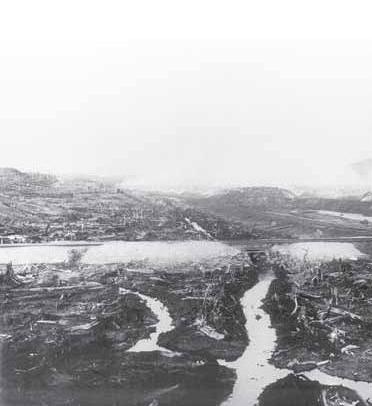Northern Life, Greater Sudbury’s community newspaper, gave Republic of Mining.com permission to post Bill Bradley’s article. www.northernlife.ca
There is an old saying around farmyards. Don’t be surprised if, when you go to get the horses, you find the barn door was left open and the horses have stampeded out the door. This seems to be the case with the Sudbury Soils Study, according to its critics.
Why is it that the original terms of reference did not include the influence of metal contamination on area mining workers, including contractors? It would seem obvious that these workers face a double whammy of workplace exposure and environmental exposure, especially if they live near the old smelter sites at Copper Cliff, Gatchell, Falconbridge and Coniston.
This would mean that Ontario government representation would have to include the Ontario Ministry of Labour and the Ontario Ministry of Health and Long Term Care on the technical committee (TC), which is responsible for the whole process.




























 The following excerpt by Vale Inco President and Chief Executive Officer Murilo Ferreira is from the Vale Inco sustainability report released last summer. The full report is available at:
The following excerpt by Vale Inco President and Chief Executive Officer Murilo Ferreira is from the Vale Inco sustainability report released last summer. The full report is available at: